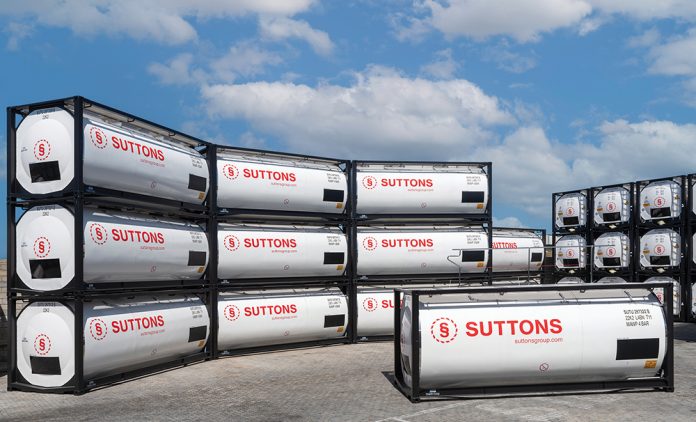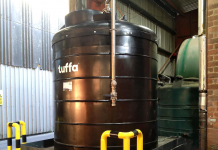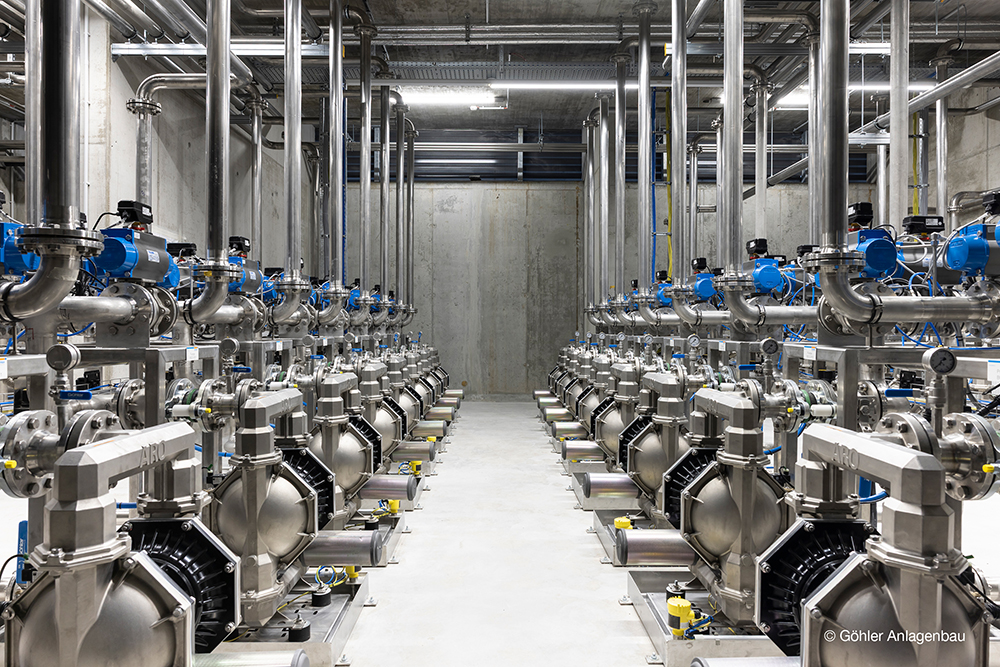Steve Lonsdale, Global Operations Director, Suttons International, says urgent action is needed to boost growth in this vital sector.
The tank container industry has been abuzz with concerns over limited depot and cleaning capacity in various regions. This growing concern can be attributed to a combination of factors, including the rapid expansion of the global tank container market, labour shortages, economic challenges, and legislative changes.
The primary cause of the limited depot and cleaning capacity in the tank container industry can be traced to the exponential growth of the global tank container market over the past decade. The industry has witnessed a surge in the number of tanks, increasing from 338,000 to over 800,000 units. However, the growth in depot infrastructure globally has not kept pace, resulting in a significant imbalance between the growth of tank containers and depot facilities.
Covid brought challenges as both producers and end users built strategic stock into their supply chains, chocking the depots with loaded tanks whilst at the same time creating extensive labour shortages in many parts of the world. More recently the economic downturn may have helped reduce the number of tanks held in loaded storage, but only to replace it with a much larger problem linked to the increased activity in empty storage, cleaning and maintenance work.
Cleaning station availability and tank storage is a widespread issue. Cleaning stations are often located in built-up and developed areas with limited room for expansion, which restricts storage capacity. This issue is common in almost all regions, and the regions with least depot infrastructure and throughput are experiencing the greatest impact.
This ongoing issue could lead to several consequences, such as the possibility of depot selectiveness, where depots favour easy cleans and light maintenance work, over more time-consuming activities. Slowing equipment turnover and a shift in focus on quantity over quality could lead to a decline in overall standards and performance.
Addressing this challenge requires investment from government and businesses alike to expand storage capacity, alleviate congestion, and improve working conditions to attract and retain skilled professionals. All regions could benefit from strategic planning, infrastructure development, and improvements in operational practices to enhance overall tank storage and cleaning efficiency.
While global investment companies have shown interest in the depot and cleaning sector, the impact of these investments on capacity, efficiency, standards, and costs remains uncertain. Some are sceptical about the transformative potential of these investments, as they may primarily focus on profitability rather than operational enhancements. The establishment of new depots could cause impacts on local markets and pricing adjustments, particularly in regions with limited space like Singapore.
Limited capacity in the tank container industry is a multifaceted issue with far-reaching consequences. It requires a combination of industry-wide collaboration, government support, and strategic planning to alleviate the problem and ensure the sustainable growth of this vital sector.









